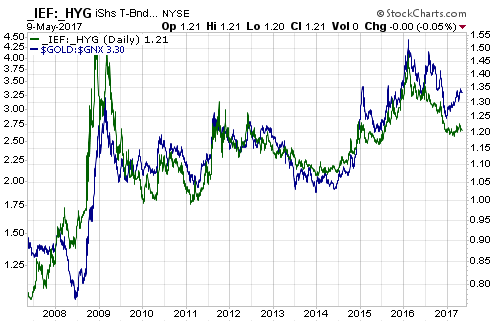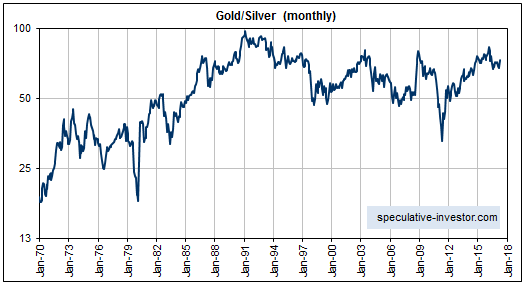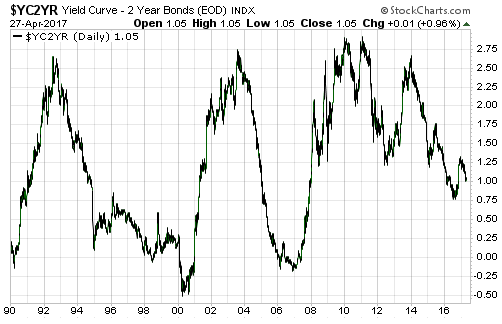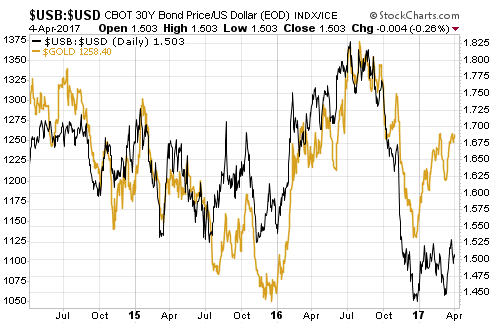[This post is a slightly-modified excerpt from a recent TSI commentary]
A reasonable definition of a bull market must be practical. This means that it must take into account the fact that what people really want from an investment is an increase in purchasing power, not just an increase in price. Figuring out whether or not an investment is in a bull market is therefore not as straightforward as observing its long-term trend in nominal currency terms.
Here’s a great example of why looking only at nominal price change doesn’t necessarily indicate whether or not something is in a bull market: Ten years ago, the price of everything in the world was in a powerful upward trend when price was expressed in terms of the Zimbabwe dollar. Obviously, it was far more reasonable in this case to say that the Zimbabwe dollar was in a bear market than to say that everything else was in a bull market.
The Zimbabwe example is extreme, but the fact is that all of today’s official currencies are losing purchasing power (PP). They are losing PP at different rates and some are losing PP quite slowly at the present time, but not one of them is likely to be a good measuring stick over a long period.
Unfortunately, determining whether or not an investment is gaining value in real terms is problematic due to the impossibility of coming up with a single number that reflects the economy-wide PP of money. We have a method of adjusting for the effects of monetary inflation that should be ‘in the right ballpark’ over periods of more than 5 years, but our method could be wildly inaccurate over periods of less than 2 years. Inflation-adjusting using the official CPI, on the other hand, is likely to be inaccurate over all periods and wildly inaccurate over the long-term.
In a world where the official currencies make poor measuring sticks due to their relentless and variable depreciation, looking at the relative performances of different investments is probably the best way to determine which ones are in bull markets. Furthermore, because they are effectively at opposite ends of an investment seesaw, with one doing best when confidence in money, central banking and government is rising and the other doing best when confidence in money, central banking and government is falling, this is a concept that works especially well for gold bullion and the S&P500 Index (SPX).
There will be times when both gold and the SPX are rising in US$ terms, but it should be possible to tell the one that is in a genuine bull market because it will be the one that is the stronger. More specifically, if the SPX/gold ratio is in a multi-year upward trend then the SPX is in a bull market and gold is not, whereas if the SPX/gold ratio is in a multi-year downward trend then gold is in a bull market and the SPX is not. There will naturally be periods of a year or longer when it will be impossible to determine whether a multi-year trend has reversed or is consolidating (we are now in the midst of such a period), but there is a moving-average crossover* that can be used to confirm a reversal in timely fashion.
In conclusion, it is reasonable to say that an investment is in a bull market if it is in a multi-year upward trend in nominal currency terms AND relative to its main competition.
*Crosses of the 200-week moving average by either the SPX/gold ratio or the gold/SPX ratio have confirmed bull-bear transitions with only two false signals since the early-1970s.
 Print This Post
Print This Post




